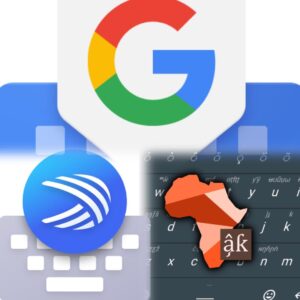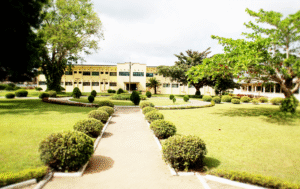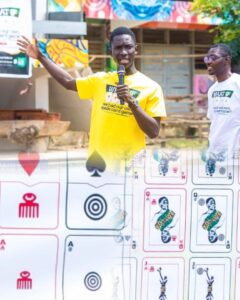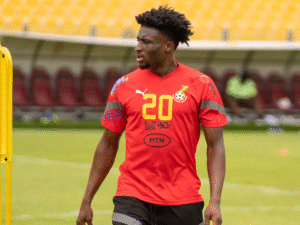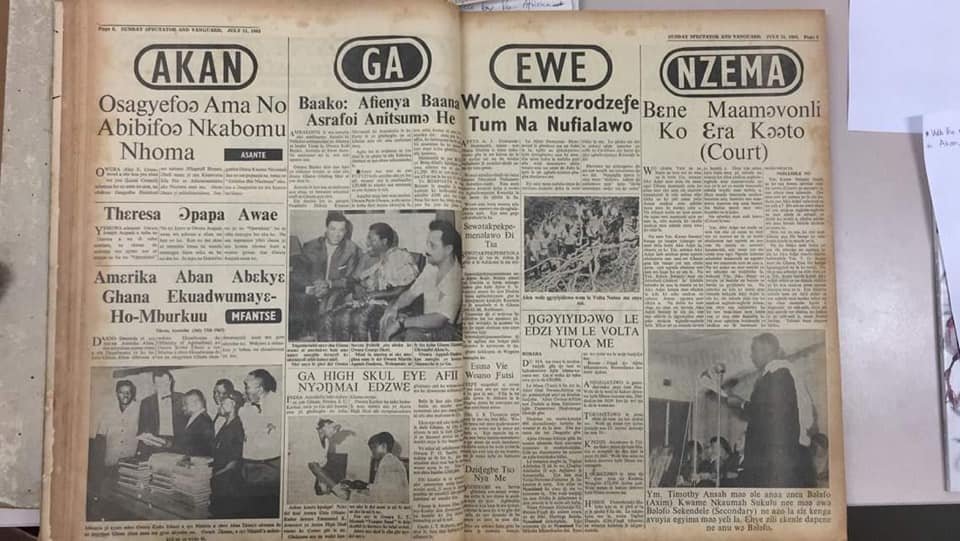
A 1960 Daily Graphic newspaper showing contents in Ghanaian languages.
A Daily Graphic newspaper from the 1960s has emerged, showing news items written in Ghanaian languages. This remarkable discovery reveals Dr. Kwame Nkrumah’s commitment to promoting Ghanaian languages and cultural identity. As Ghana’s first president, Nkrumah believed in the power of language to unite the nation and preserve its heritage. The inclusion of Ghanaian languages in such a prominent publication reflects his vision of empowering citizens through their native tongues while fostering a strong sense of national pride.
Over the years, advocacy for Ghanaian languages has been an important part of the nation’s identity. This discovery reveals how deeply Ghana’s first president, Dr. Kwame Nkrumah, valued this vision. His dedication to promoting Ghanaian languages was evident in his decision to include them in the print media, reflecting his commitment to preserving and celebrating the country’s rich linguistic heritage.
Nkrumah’s love and advocacy for Ghanaian languages can be traced back to his time in office when he proposed using his mother tongue, Nzema, as the official language of Ghana. Although this move did not come to fruition due to various challenges, it highlights the country’s struggle to adopt a Ghanaian language as the official language to this day. This vision reflects Nkrumah’s deep belief in the importance of local languages for national unity and cultural pride.

The history of Ghanaian languages in the print media is not widely documented, but there are notable examples. One of such publication was a Fante newspaper called Nkwantabisa, which gained popularity during its time. Additionally, there is another newspaper, with an unknown source, that featured a caption written entirely in Fante, announcing that then President Dr. Kwame Nkrumah, along with other government officials, was going to open the Parliament of Ghana.
In the 2000s, Dawur, a newspaper published in Fante, became quite popular, especially in Cape Coast and its surrounding areas. These examples reflect the ongoing use of Ghanaian languages in the media, although it remains a rare occurrence today.
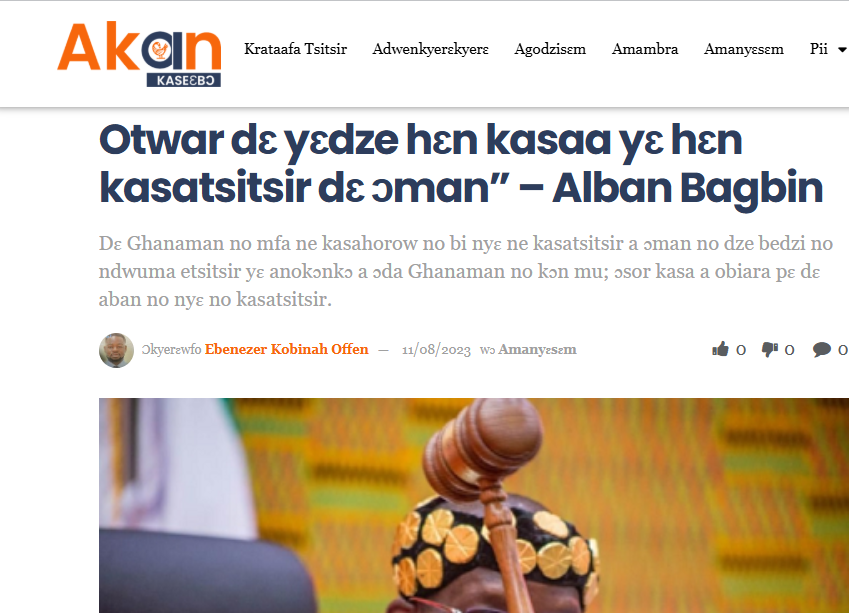
In 2022, Bolingo Communication and Media Consults launched a website called akannews.com, dedicated to the Akan language dialects of Asante Twi and Fante. The website featured news and content written entirely in these languages, serving its audience in a unique and meaningful way. This marked a significant milestone for the Ghanaian language community, as it was one of the first entries of these languages into the digital space. Whilst there has been no recent news from their camp, their presence on the web remains an important contribution to the promotion of Ghanaian languages in the digital age.

It was fascinating to see the Daily Graphic newspaper written in Ghanaian languages, especially since many had never encountered such a publication until it appeared online. The newspaper featured content in Akan (Asante Twi and Fante), Nzema, Ewe, and Ga. Since being shared on the internet, it has sparked various reactions from Ghanaians. Some believe that such publications should be revived, while others were surprised to see something of this nature. This highlights the significance of this discovery in the ongoing conversation about the role of Ghanaian languages in the media.
This rediscovery of a Daily Graphic newspaper written in Ghanaian languages serves as a powerful reminder of the country’s rich linguistic heritage and the need to preserve and promote these languages. Dr. Kwame Nkrumah’s vision for integrating Ghanaian languages in national affairs is still relevant today.
The reactions from Ghanaians show a strong desire to see more of such content as it proves that there is an untapped potential for Ghanaian languages in the media. The future of these languages depends on initiatives like this, which can help them thrive in the modern world.
Editor: Ama Gyesiwaa Quansah
